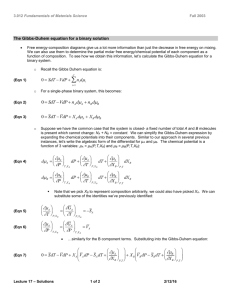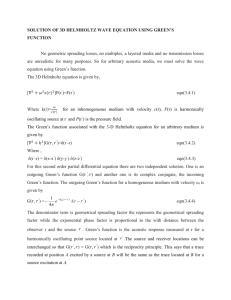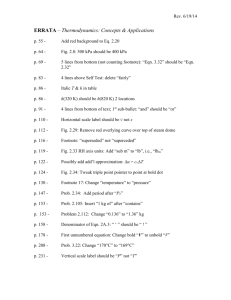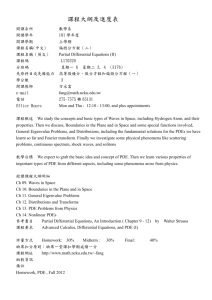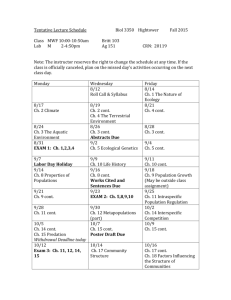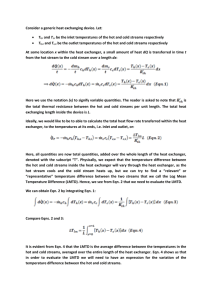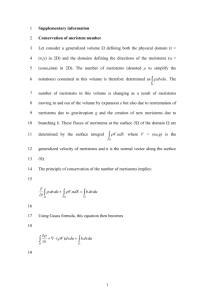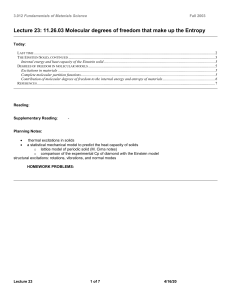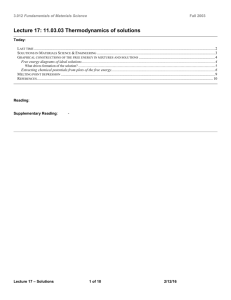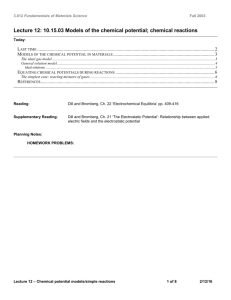fec12167-sup-0002-AppendixS1
advertisement
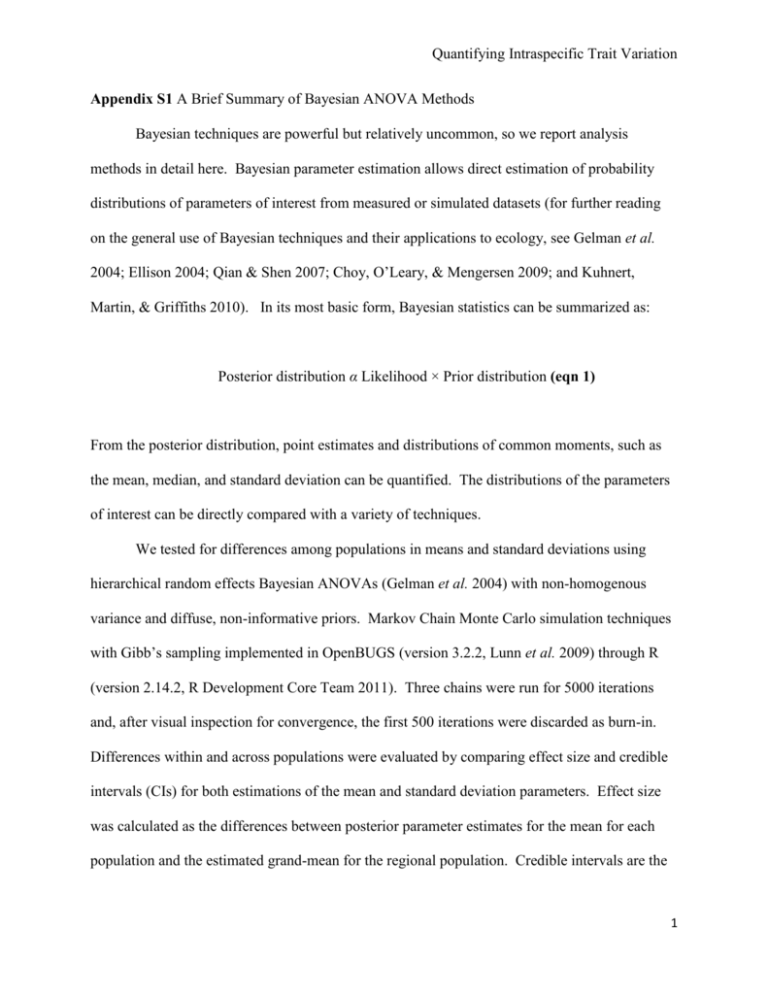
Quantifying Intraspecific Trait Variation Appendix S1 A Brief Summary of Bayesian ANOVA Methods Bayesian techniques are powerful but relatively uncommon, so we report analysis methods in detail here. Bayesian parameter estimation allows direct estimation of probability distributions of parameters of interest from measured or simulated datasets (for further reading on the general use of Bayesian techniques and their applications to ecology, see Gelman et al. 2004; Ellison 2004; Qian & Shen 2007; Choy, O’Leary, & Mengersen 2009; and Kuhnert, Martin, & Griffiths 2010). In its most basic form, Bayesian statistics can be summarized as: Posterior distribution α Likelihood × Prior distribution (eqn 1) From the posterior distribution, point estimates and distributions of common moments, such as the mean, median, and standard deviation can be quantified. The distributions of the parameters of interest can be directly compared with a variety of techniques. We tested for differences among populations in means and standard deviations using hierarchical random effects Bayesian ANOVAs (Gelman et al. 2004) with non-homogenous variance and diffuse, non-informative priors. Markov Chain Monte Carlo simulation techniques with Gibb’s sampling implemented in OpenBUGS (version 3.2.2, Lunn et al. 2009) through R (version 2.14.2, R Development Core Team 2011). Three chains were run for 5000 iterations and, after visual inspection for convergence, the first 500 iterations were discarded as burn-in. Differences within and across populations were evaluated by comparing effect size and credible intervals (CIs) for both estimations of the mean and standard deviation parameters. Effect size was calculated as the differences between posterior parameter estimates for the mean for each population and the estimated grand-mean for the regional population. Credible intervals are the 1 Quantifying Intraspecific Trait Variation 95% likelihood of the posterior distribution for a given parameter (i.e. there is a 95% probability that the parameter lies within that interval). Population effect was considered significant if the 95% CI did not bound zero, which represents no difference from the grand mean. Means for populations were considered significantly different if their 95% CIs did not overlap. Significant differences in trait variation were indicated by a lack of overlap in 95% CIs. Population-level trait distributions were constructed using hyper-parameters estimated in hierarchical models. Models For the ith individual in the jth population, we assume SLA is log-normally distributed with a population level mean (θj) and population precision term (τ[j]) (where τ = 1/σ2): : SLAi,j ~ ln N (θj,τ[j]) i=1,…,nj; j=1,…,10 (eqn 1) Next, we assume that the population level mean is lognormally distributed with a species-level mean (µ) and population to population level precision term (τ[j]): θj~ ln N(µ,τ [j]) j=1,…,10 (eqn 2) We gave our species level mean µ an uninformative prior: µ~N(0,1) (eqn 3) Finally, we gave our population precision terms uninformative priors: τ[j]~Γ(α, β) (eqn 4) where: α ~ U(0,10) (eqn 7) 2 Quantifying Intraspecific Trait Variation β ~ U(0,10) (eqn 8) For the ith individual in the jth population, we assume diameter was normally distributed with a population level mean (θj) and population precision term (τj) Diameteri,j~N(θj,τ [j]) i=1,…,nj; j=1,…,10 (eqn 9) Next, we assume that the population level mean is normally distributed with a species-level mean (µ) and population level precision term (τ [j]): θj ~N(µ,τ[j]) j=1,…,10 (eqn 10) We gave our species level mean µ uniformative priors: µ~N(0,100) (eqn 11) And our population precision term τ[j] uniformative priors: τ[j]~Gamma(α, β) (eqn 12) where: α ~ U(0.1, 0.1) (eqn 15) β ~ U(0.1, 0.1) (eqn 16) Works Cited Choy, S.L., O’Leary, R. & Mengersen, K. (2009) Elicitation by design in ecology: Using expert opinion to inform priors for Bayesian statistical models. Ecology, 90, 265–77. Ellison, A.M. (2004) Bayesian inference in ecology. Ecology Letters, 7, 509–520. Gelman, A., Carlin, J.B., Stern, H.S. & Rubin, D.B. (2004) Bayesian Data Analysis, 2nd ed (eds C Chatfield, M Tanner, and J Zidek). Chapman and Hall/CRC, Boca Raton. Kuhnert, P.M., Martin, T.G. & Griffiths, S.P. (2010) A guide to eliciting and using expert knowledge in Bayesian ecological models. Ecology Letters, 13, 900–14. Lunn, D., Spiegelhalter, D., Thomas, A. & Best, N. (2009) The BUGS project: Evolution, critique and future directions. Statistics in Medicine, 28, 3049–3067. 3 Quantifying Intraspecific Trait Variation Qian, S.S. & Shen, Z. (2007) Ecological applications of multilevel analysis of variance. Ecology, 88, 2489–95. R Development Core Team. (2011) R: A Language and Environment for Statistical Computing. R Foundation for Statitical Computing, Vienna, Austria. 4
